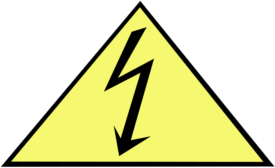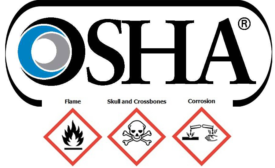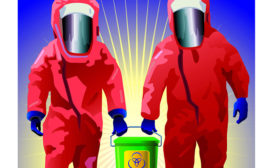Environmental Health and Safety
Assessments of residential and workplace environmental microbiology exposure
Report from AIHce 2016
May 19, 2016
Never miss the latest news and trends driving the safety industry
eNewsletter | Website | eMagazine
JOIN TODAYCopyright ©2024. All Rights Reserved BNP Media.
Design, CMS, Hosting & Web Development :: ePublishing







